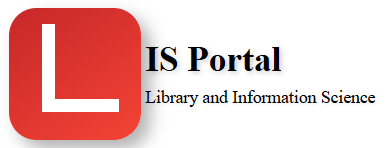Controlled vocabulary
Controlled vocabulary is a predefined and limited set of terms used to describe the items in a collection, such as books, articles, or images. These terms are selected by the cataloger and standardized to ensure consistency and accuracy in the description and retrieval of information.
For example, in a library catalog, a controlled vocabulary of subject headings might be used to describe the topics covered in a book. Instead of allowing catalogers to describe a book’s content using free-text keywords, a controlled vocabulary requires the use of standardized terms, such as “History of Ancient Greece” or “Artificial Intelligence.” Using these standardized terms makes it easier for users to search the catalog and find relevant materials, as they can be confident that the terms used are consistent and well-defined.
There are several software tools available for managing controlled vocabularies. Some popular examples include:
-
PoolParty: a cloud-based platform for managing and publishing controlled vocabularies and linked data.
-
SKOSify: an open-source tool for converting existing vocabularies into the Simple Knowledge Organization System (SKOS) format.
-
TermWeb: a web-based tool for creating, managing, and publishing controlled vocabularies.
-
VocBench: an open-source platform for creating and managing large, complex vocabularies.
-
Thesaurus Master: a commercial software tool for creating and managing thesauri, taxonomies, and other types of controlled vocabularies.
-
Metalex: a web-based platform for creating, editing, and publishing structured vocabularies.
These tools typically provide features such as the ability to define terms and relationships, edit and maintain vocabularies, and publish vocabularies in various formats, such as SKOS or RDF. They can also include features for searching, browsing, and visualizing vocabularies, and for integrating with other systems and tools.
